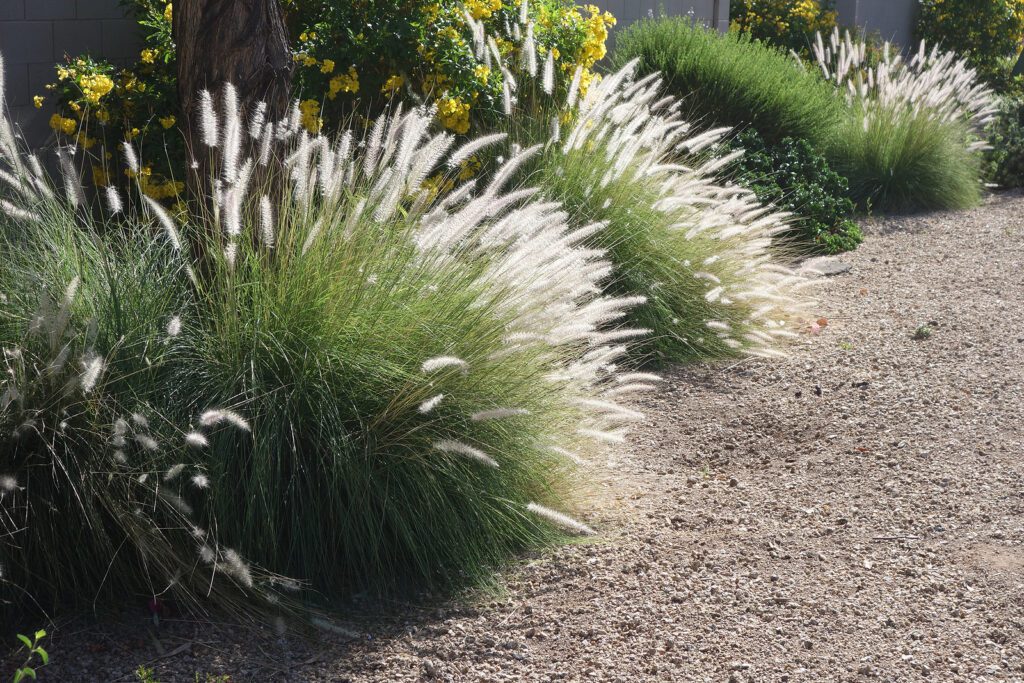How to Save Water with Xeriscaping Landscaping

You will not have to water your grass using the xeriscape landscaping approach. There are primarily beautiful rocks and low-water plants in this type of landscaping. Drip irrigation systems set up drip lines and water emitters for each plant in the arrangement.
Take a mental image of it. It has the appearance of an escape room. A single window, a toolbox with one damaged tool, and a group of your best pals fill the space. The clock has begun, and you have 20 minutes to think out how to get out of this situation.
Except that this… isn’t any of those things. It’s referred to as Xeriscaping. Taking its name from the term “zero-scaping,” Xeriscaping is an irrigation technology that allows you to avoid having to water your grass. This is accomplished through various strategies, the most important of which is the selection of plants that can thrive in a generally dry environment without access to water. In the end, the plants that you use in Xeriscaping are primarily determined by where you live.
Xeriscaping, which is not to be confused with natural landscaping—a strategy of selecting wild plants for a particular environment—is frequently seen unfavorably since it involves covering lawns with gravel and cactus. However, if you learn how to use the correct tools of the trade, you may have a beautifully maintained property that would make even the Joneses envious. There is no need for water.
With that in mind, here’s how it works and how it may help you conserve water for your family.
Do American’s care about xeriscape landscapes?
First, let’s look at how much of this method has been tried and proven and whether Xeriscaping can genuinely make a difference in the United States of America.
A recent study with a couple of thousand participants asked them many questions regarding being environmentally sensitive.
Following analysis of the data, it was determined that around 20% of all survey participants claimed to have employed Xeriscaping as a means of water saving in their own homes. Additionally, when the audience was separated into two groups, those who were “water worriers” and those who were not, it was discovered that those in the “water worriers” group were 113 percent more likely to practice Xeriscaping in their residences.
With geography in mind, Xeriscaping was the most popular landscaping in the Western United States by a long shot.
During this study, it was observed that most respondents (76 percent, to be exact) believe that the environment is highly critical. That’s an encouraging indicator. Despite this, it is tough to stay on top of everything, given the rapid influx of new knowledge regarding the environmental impact of our disposal and shopping habits.
